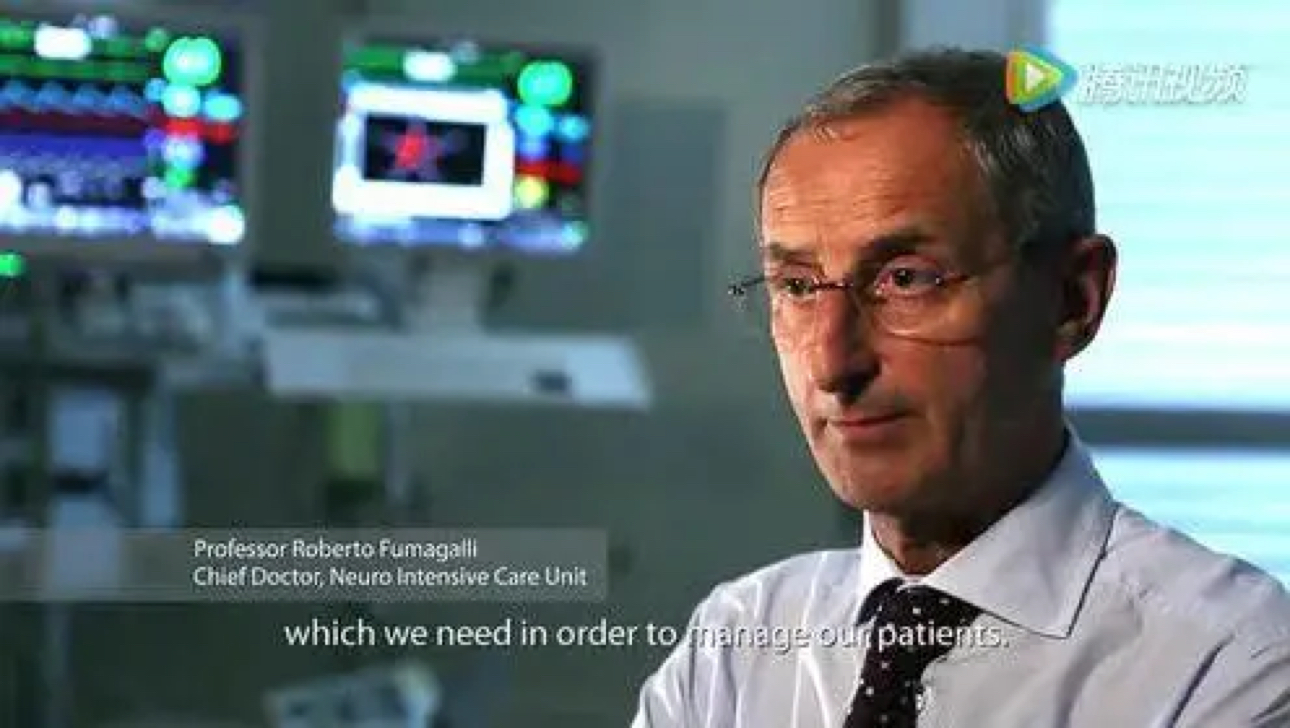Based in the vibrant city of Milan, Niguarda Hospital provides a wide range of medical services to the population within its extensive catchment area of 1213 beds. It also serves as a university teaching center and coordination center for clinical research where more than 500 studies are performed each year.
The high volume of patients and busy schedules bring new challenges to caregivers in Niguarda Hospital. As Dr. Fabrizio Colombo, Chief Doctor of High Care Medical, puts it, "Medical departments in large hospitals deal with complex patients. Over the last decade they’ve had to change their way of working in order to provide greater intensity of care."
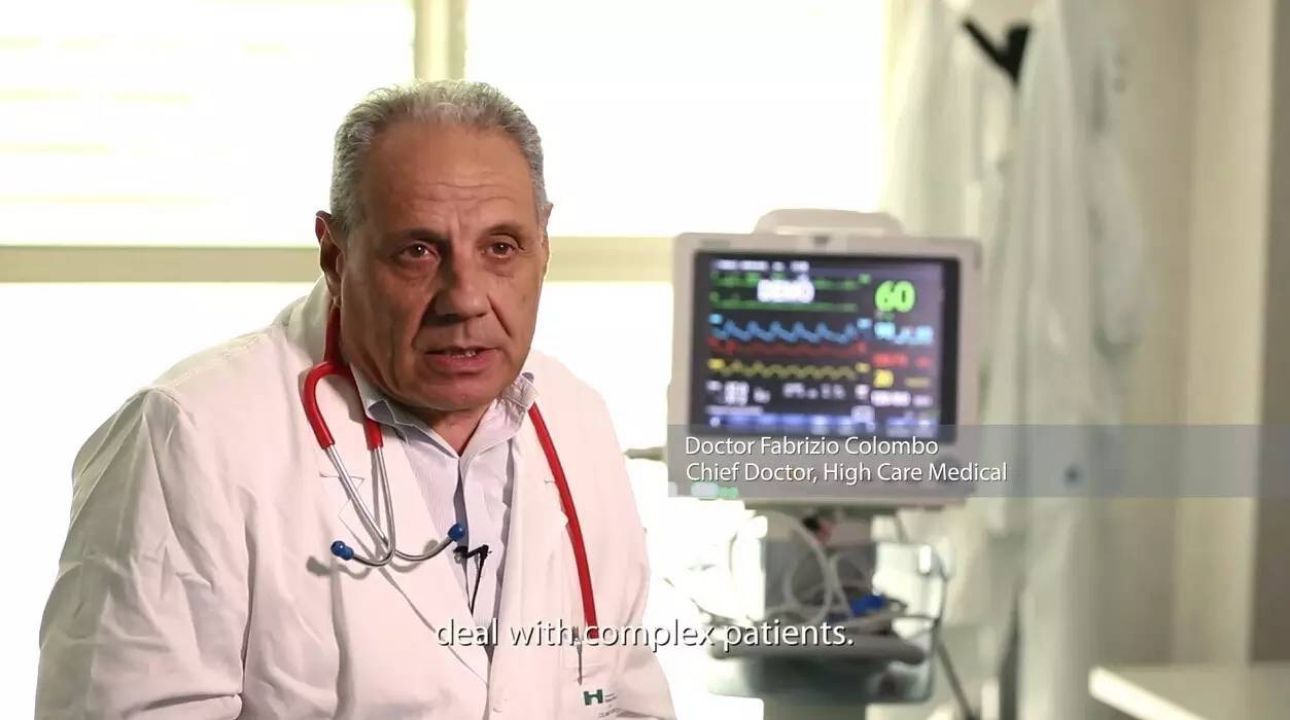
High Acuity
Accommodation of acute cases has become an important index for a hospital's medical excellence. Niguarda Hospital's Neural Care Department is one of the most renowned in Italy. What special requirements do acute cases set for the Neuro-ICU?
"We analyse patients’ vital signs in terms of neuro-intensive care. This involves a number of specific parameters such as cerebral regional hemoglobin oxygen saturation, intracranial pressure, haemodynamic parameters and mixed or central venous oxygen saturation. So we need a monitoring system that covers all these with competence." says Chief Doctor Professor Roberto Fumagalli.
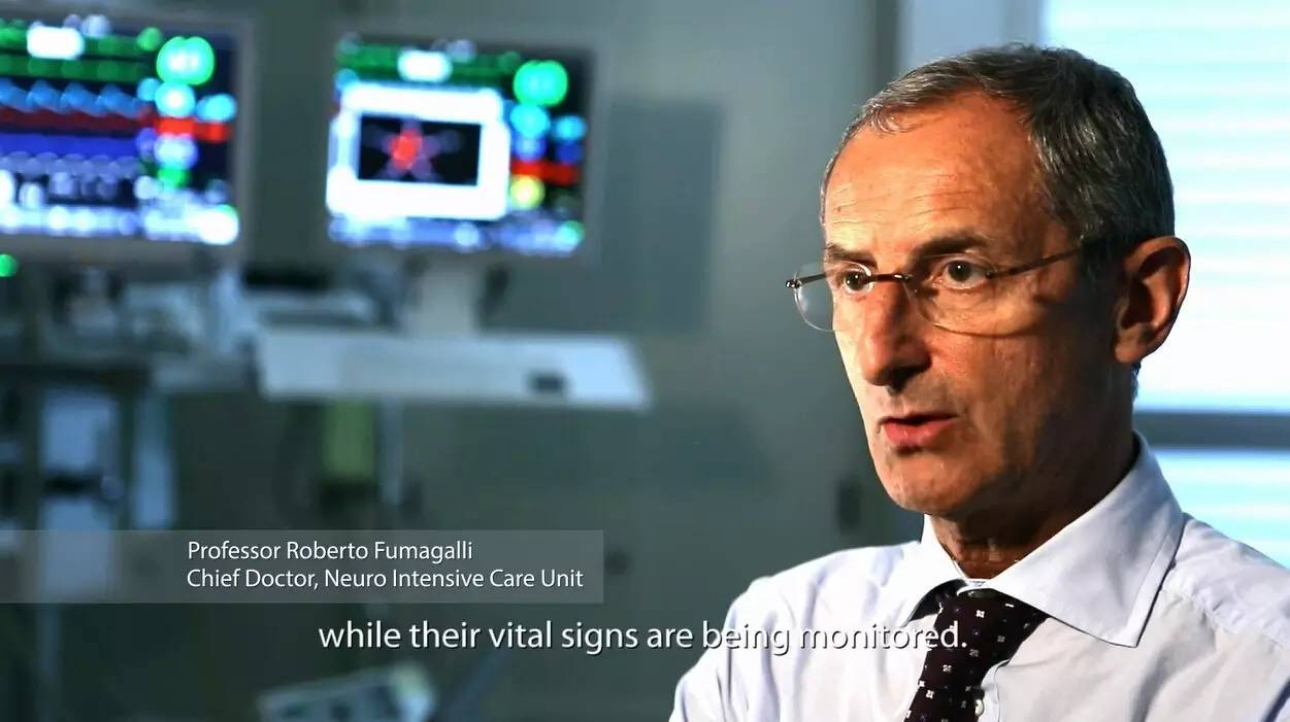
"To me, having patients monitored means that we worry less when we’re working because their vital signs are recorded and everything is under control." says Chief Nurse Ornella Brino of High Medical Care.
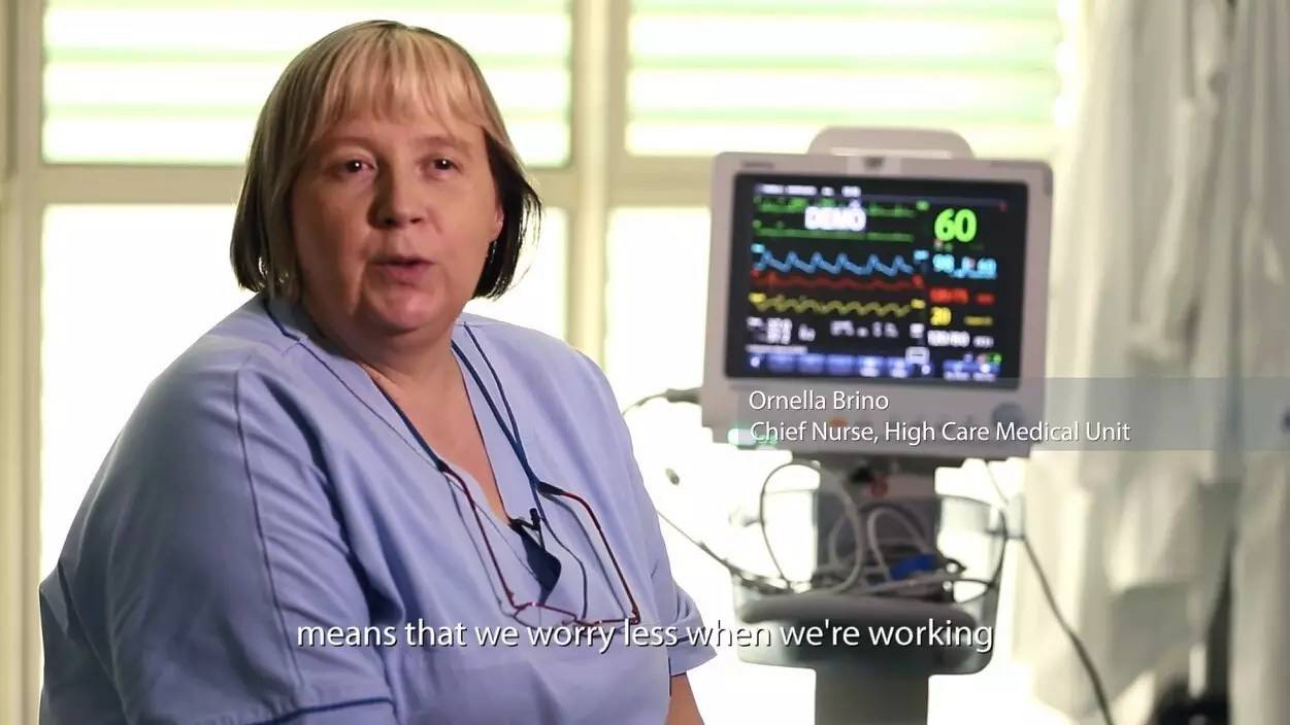
Complete mobility
In the busy hospital, medical practitioners must keep track of the patients’ condition as they traverse the various carepoints throughout the patients' stay at the hospital.
Talking about the monitoring system in Neuro-ICU, Chief Doctor Professor Roberto Fumagalli says "We need patients to go for tests while their vital signs are being monitored. The patient has to be constantly monitored. This requires visibility into the patient's vital signs between points of care and transparent exchange of patient information across devices and departments."
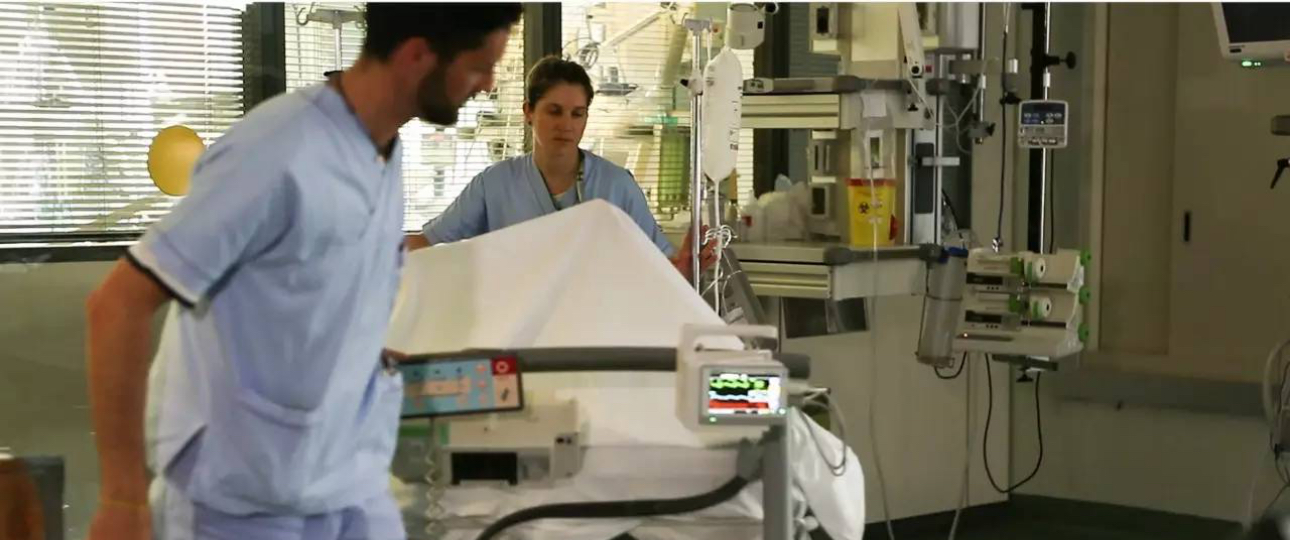
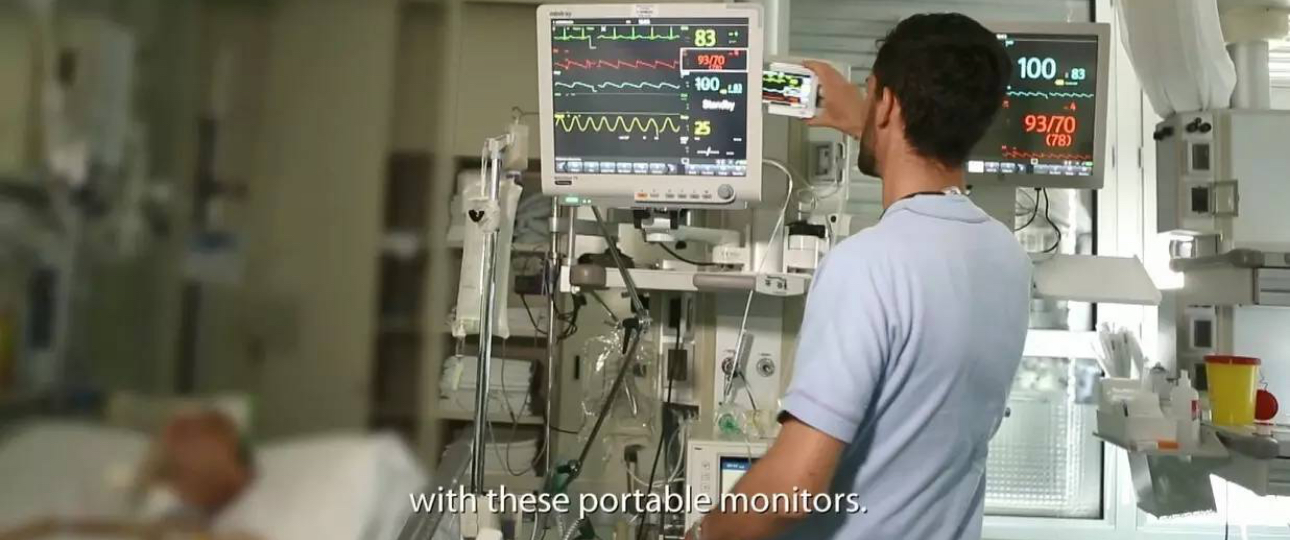
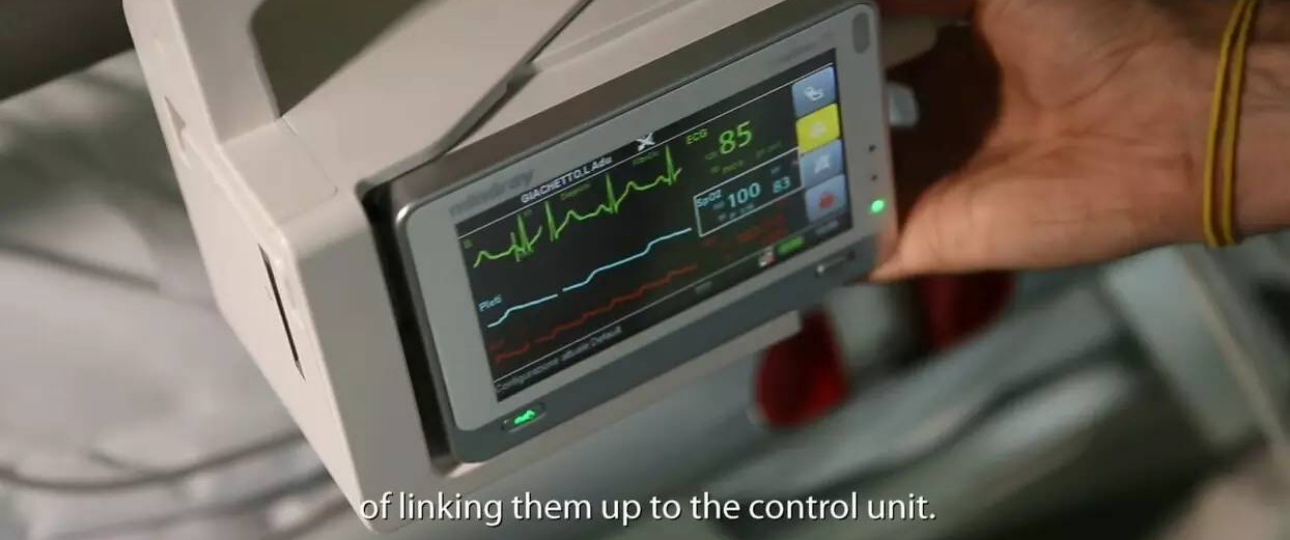
Simplified workflow
In a busy environment,ease of use is an important factor in making the practitioner’s workload easier to handle, and reducing the possibility of errors.
"We need a competent system that improves the way of work from an organizational point of view. The usability must be good; numeric parameters and the curves must be clear andeasy to use by our health workers." says Dr Fabrizio Colombo, Chief Doctorof High Care Medical.
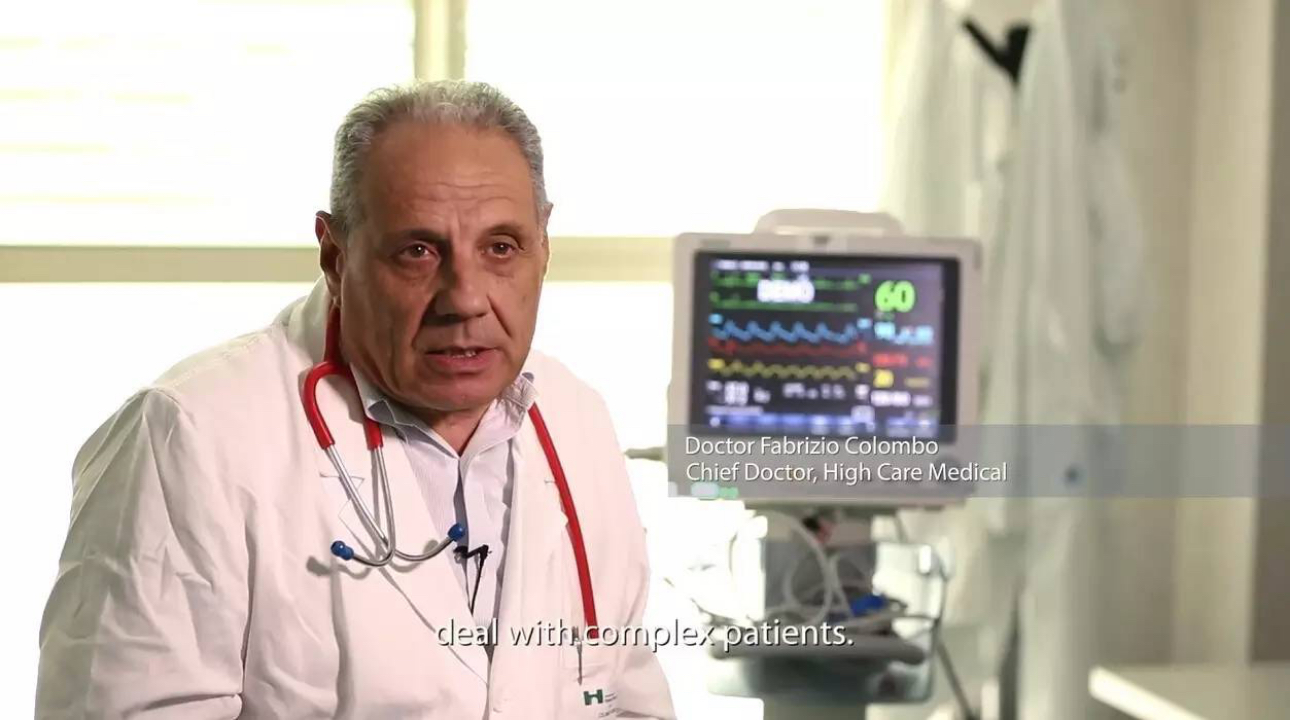
"Things would be easier if there are fewer devices around patients, so that we can concentrate everything within a single monitor. The system should also allow easy access to patients’ clinical documentation." says Chief Nurse Silvano Pagani of Neuro Intensive Care.

"Secure, intuitive, easy to use. Intuitive means you just have to follow the touchscreen instructions and you can input parameters without any trouble. I also train new nurses in the department. It must be simple if I can do it." said Chief Nurse Ornella Brino of High Care Medical.
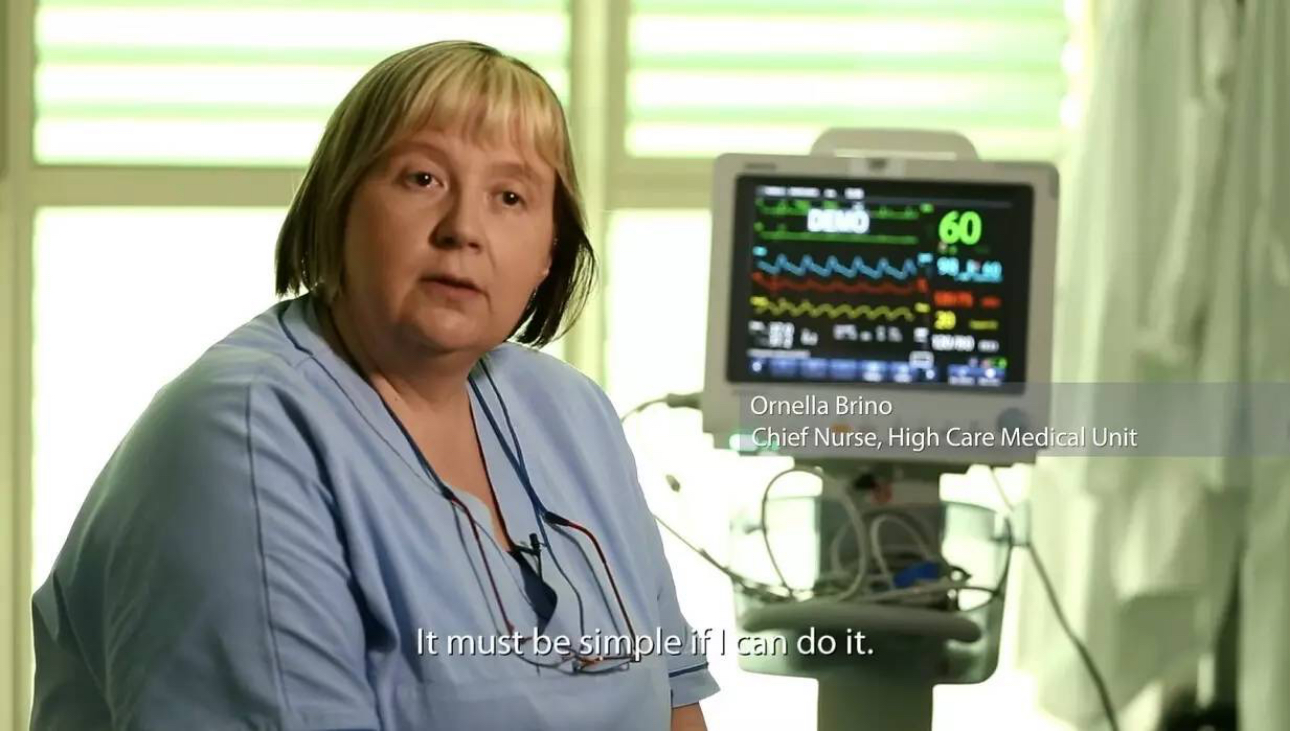
Is there a simple answer to all?
As a prestigious hospital of referral importance, Niguarda Hospital meets many challenges as it evolves into a more modernized and tech-savvy medical institution. Is there a simple answer to all these? Watch the video and hear what caregivers at Niguarda Hospital have to say.

